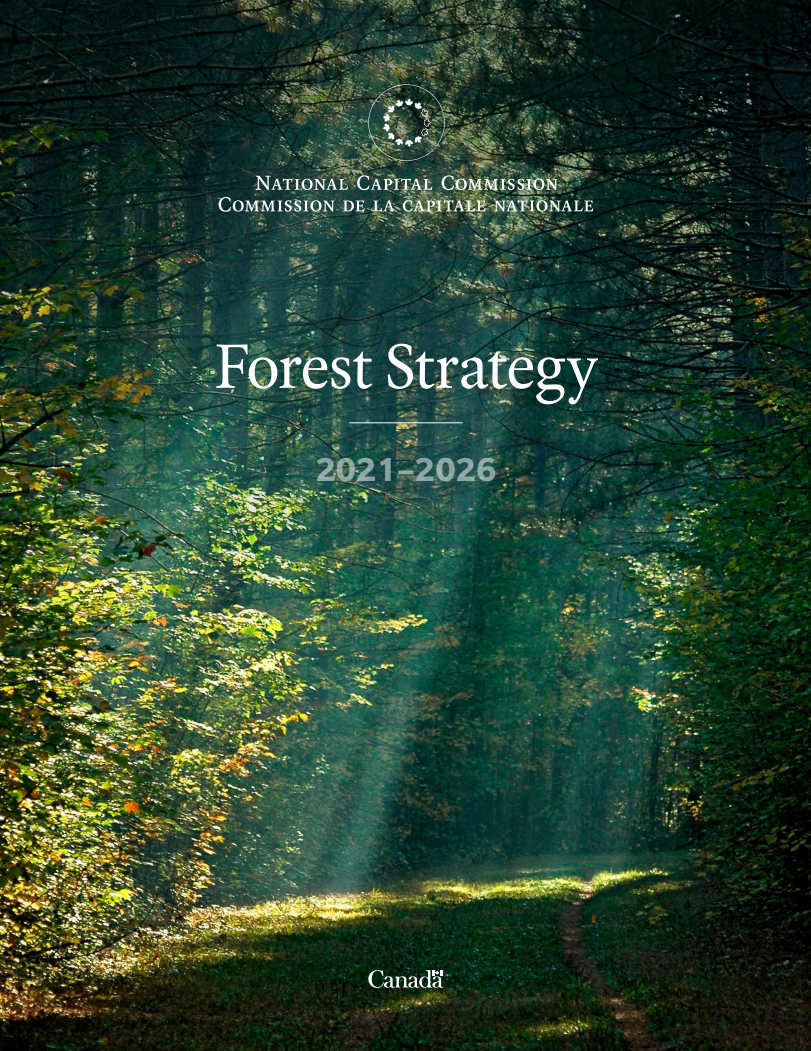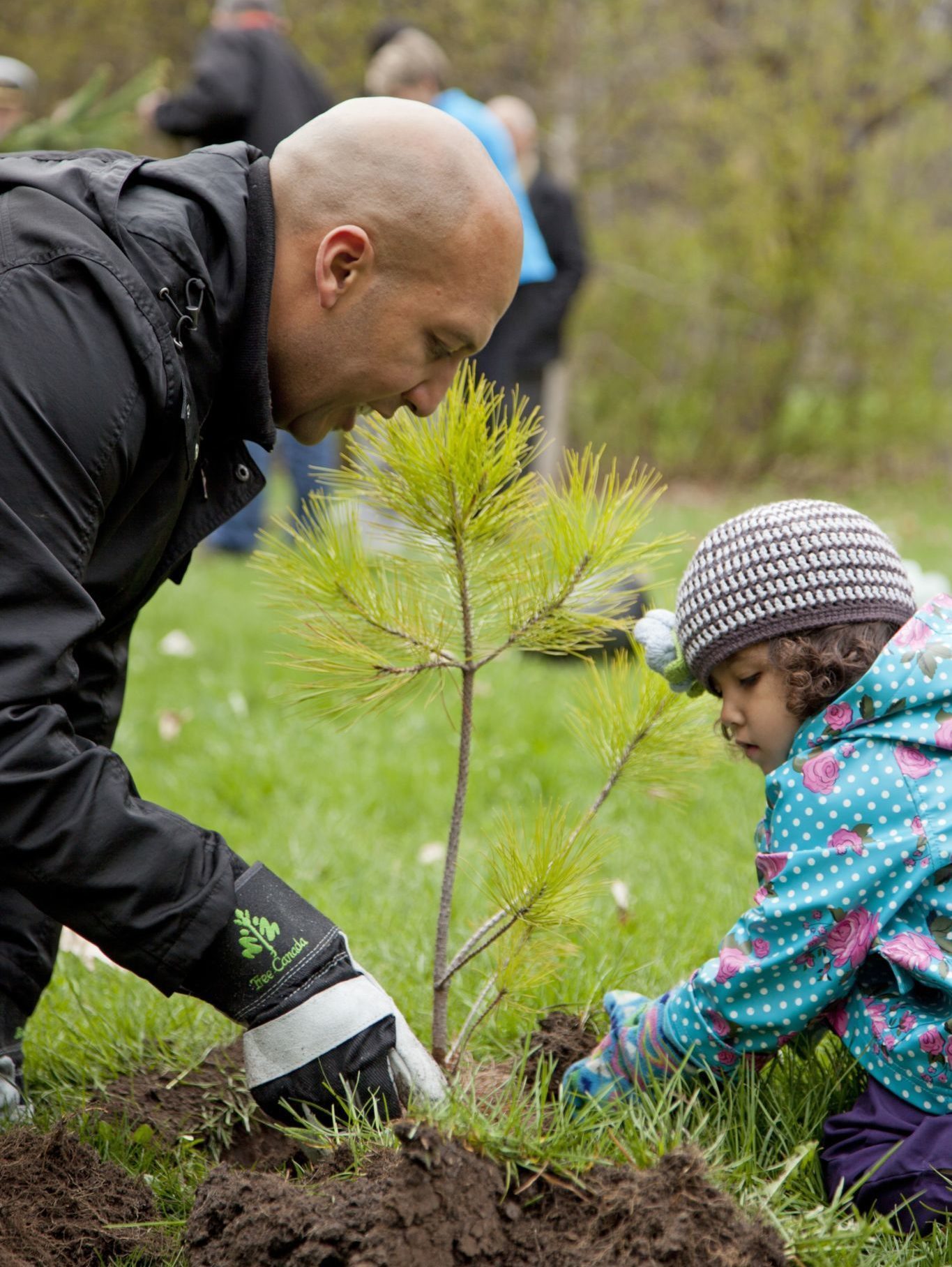
The NCC has developed its first forest strategy. This strategy guides how the NCC manages forests and trees on its lands. It aligns our efforts, and prepare us to meet current and future challenges.
It has a strong emphasis on trees and forests in urban areas, but also looks at trees and forests in natural areas like the Greenbelt and Gatineau Park. The strategy provides a blueprint to make forests more diverse, connected and resilient.
The development of this strategy is in keeping with commitments made in the Plan for Canada’s Capital, 2017–2067, and the Sustainable Development Strategy, 2018–2023.
Context
The importance of trees and forests
The NCC’s green network and its ecosystems provide essential benefits to people in the Capital Region. Trees and forests in particular provide many environmental, social and economic benefits:
- helping filter air pollutants and releasing oxygen for us to breathe
- providing habitat for wildlife
- protecting us from the sun, and decreasing noise pollution
- helping to drain away excess rain and snowmelt
- increasing property values
- enriching the beauty of our landscapes
- contributing to the social and psychological well-being of our communities
According to a 2016 study, the estimated value of forest ecosystems on NCC lands is $174 million per year.

Forests managed by the NCC
A 2019 tree canopy study mapped and measured the size of the extensive tree canopy in Canada’s Capital Region. It found that 74 percent of NCC-managed lands are forested. Gatineau Park alone contributes over 30,000 hectares of tree canopy, and the Greenbelt contributes about 7,000 hectares. The tree canopy is not evenly distributed and varies from 56% canopy cover in the Greenbelt to 95% in Gatineau Park.
The data from this study informed the drafting of the NCC’s Forest Strategy.
Long-term vision
A vision statement is a declaration of a project’s aspirations. It shapes decision making, and serves as a road map to set and reach goals.
The Forest Strategy includes the following vision for the next 30 years, which describes the strategy’s desired outcomes:
Trees and forests on federal lands in Canada’s Capital Region are diverse, connected and resilient. They provide essential ecosystem services, heritage and cultural landscapes, and promote health and well-being equitably for residents and visitors.
Goals, objectives and actions
The Forest Strategy includes five overarching goals that support the vision:
- Understand our trees and forests
- Protect existing canopy cover
- Plant the right trees in the right place
- Manage for resilience, safety and efficiency
- Engage with partners and the community
Under these goals, we have identified nine long-term objectives and 20 short-term actions. The objectives are the long-term tactics that the NCC will pursue to achieve the vision. Actions are the measures we will undertake in the next five years to meet the objectives and the vision. The strategy will be renewed every five years.
Engagement
Indigenous peoples
In the development of the Forest Strategy, the NCC engaged with the Algonquin communities of Pikwakanagan and Kitigan Zibi. We will continue to do so throughout the implementation of the strategy.
Public and stakeholder
As part of this planning process, we engaged the public and various stakeholder groups in 2019 and in 2021. We also sought feedback throughout the project from the NCC’s Board of Directors. Feedback was incorporated into the final version of the strategy.
For an overview of what we have heard throughout this process, see the public consultation reports below.
Documents
- Forest Strategy - 2021–2026 (9.297 MB)
- Forest Strategy: Public Consultation Report, February 2021 (409.552 KB)
- Forest Strategy: Public Consultation Report, June 2019 (388.006 KB)